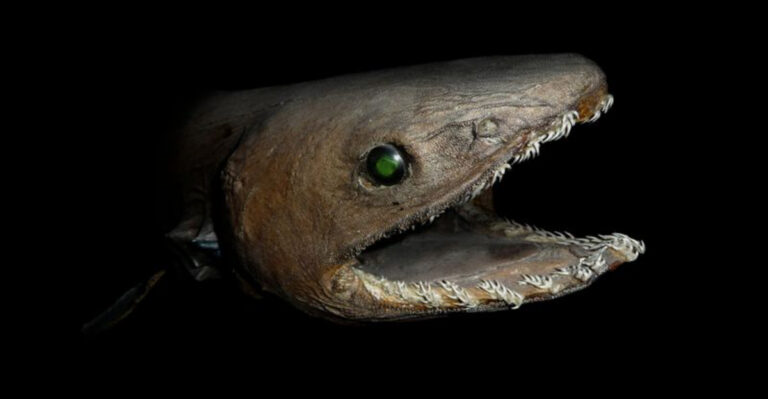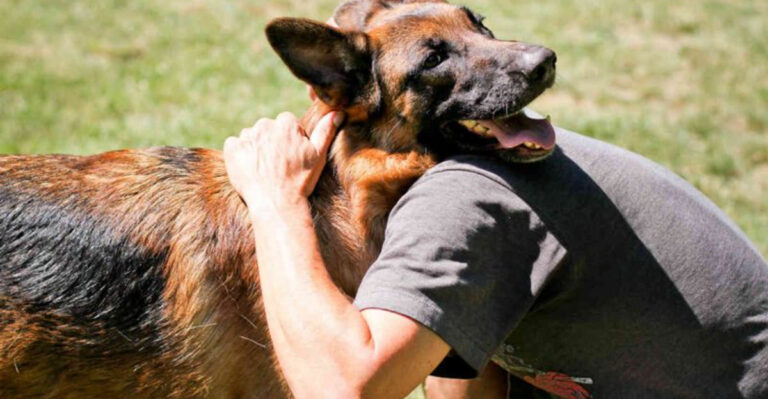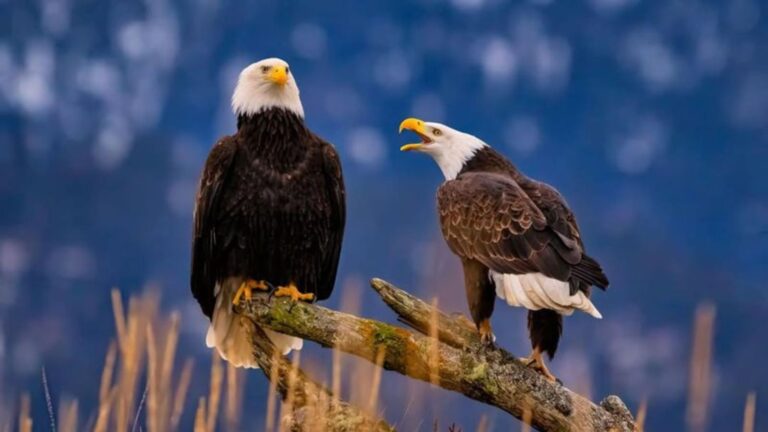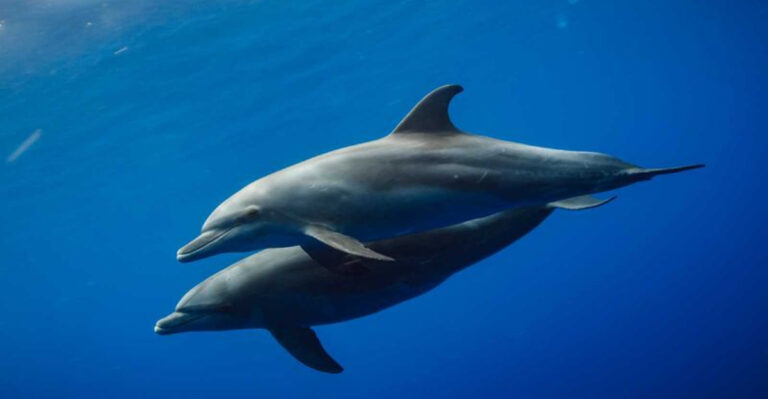14 Dangerous Predators Raccoons Outsmart Every Day
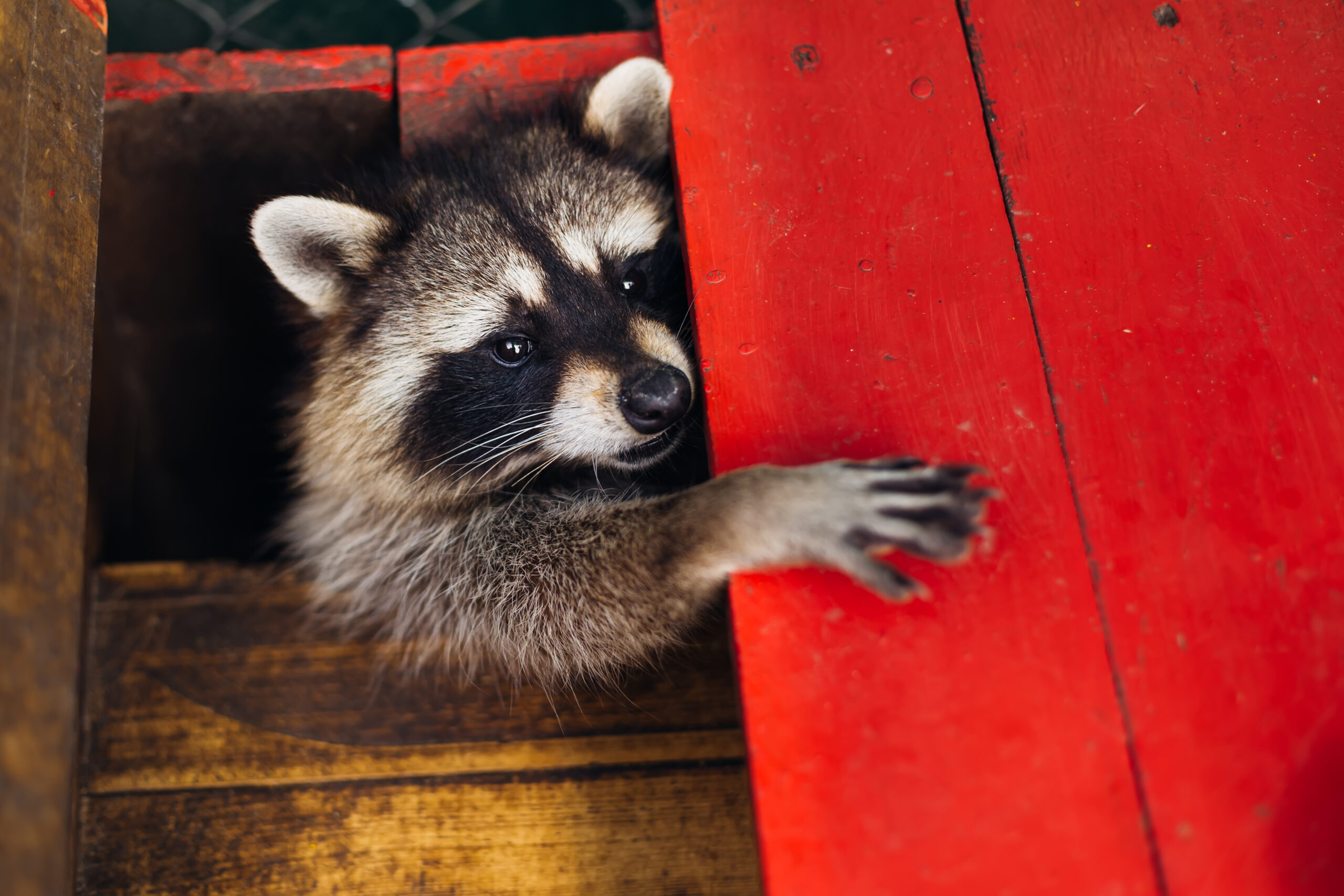
Raccoons, those clever masked bandits of the night, possess an uncanny ability to navigate the perils of the wild with remarkable dexterity.
Despite their small size, raccoons consistently outwit a host of formidable predators that lurk in their habitats.
This playful yet daring game of survival is a testament to their cunning nature and adaptability.
1. Cougars
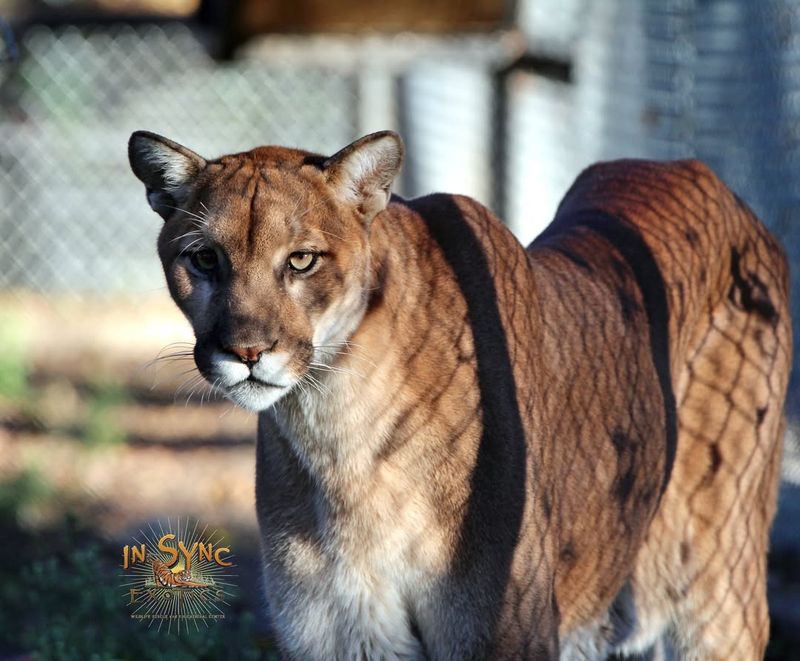
Deep in the heart of the wilderness, raccoons face off against the majestic cougar.
Known for their stealth and strength, cougars are a formidable threat. Yet, the raccoon’s agility and cunning often leave the big cat bewildered.
With a swift leap or a sudden change in direction, raccoons can escape those sharp claws. The cougar may have power, but the raccoon has the street smarts to outmaneuver this predator.
It’s a classic brain versus brawn scenario.
2. Golden Eagles
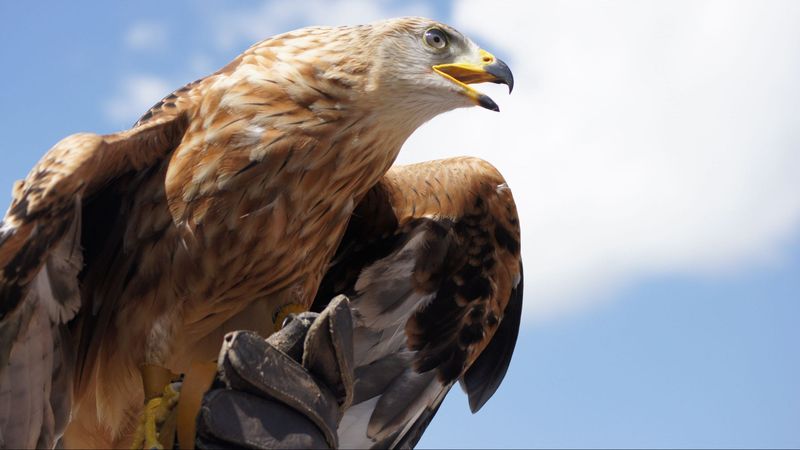
In the sky, golden eagles soar with keen eyes trained on the ground below. These birds of prey are masters of the hunt, but raccoons know how to stay one step ahead.
By sticking close to cover or diving into burrows, raccoons turn what could be a dire situation into a narrow escape.
The eagle’s vision is unmatched, yet the raccoon’s quick thinking ensures it remains a step away from danger. A true aerial dance of survival.
3. Snakes
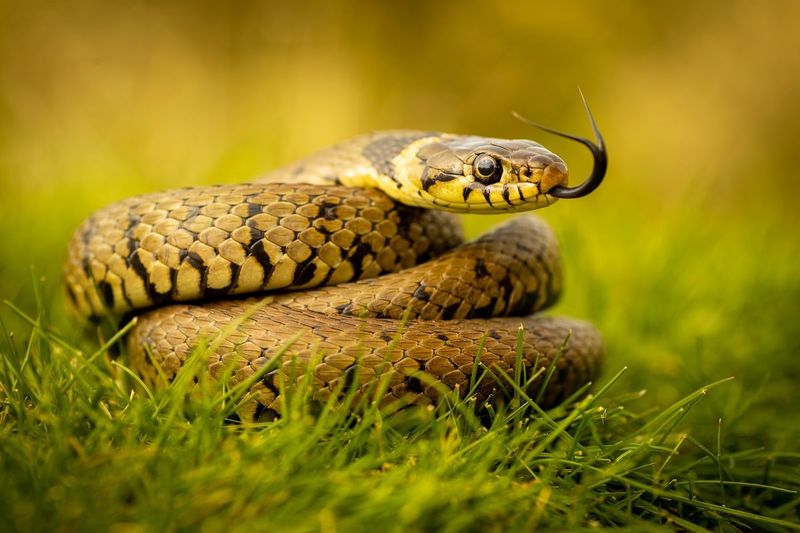
Raccoons often encounter snakes in their natural habitats, which range from woodlands to urban areas.
Snakes can pose a significant threat, especially the venomous ones. However, raccoons are known for their cautious approach and keen observation skills.
When faced with a snake, raccoons tend to assess the situation carefully. They use their nimbleness to outmaneuver the snake, retreating when necessary.
This cautious behavior often prevents them from falling prey to these slithering predators.
4. Coyotes
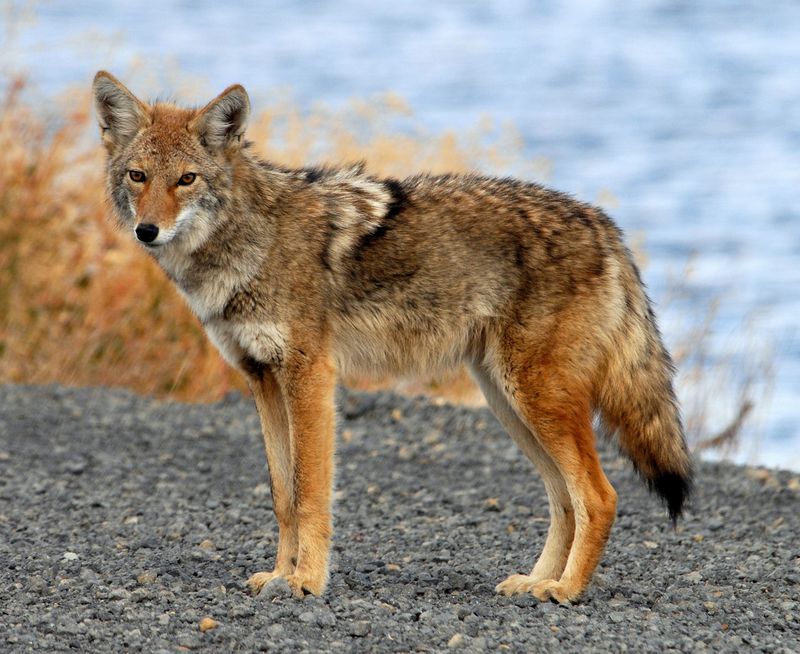
In the wild, coyotes roam in search of their next meal. Yet raccoons are adept at eluding these cunning canines. By quickly scampering up trees, raccoons find safety from ground-based threats.
Coyotes may be persistent, but the raccoon’s versatility and climbing prowess often leave them at a loss.
This game of tag between the two species highlights the raccoon’s adaptability in the face of danger. A vertical escape plan is the raccoon’s secret weapon.
5. Jaguarundi
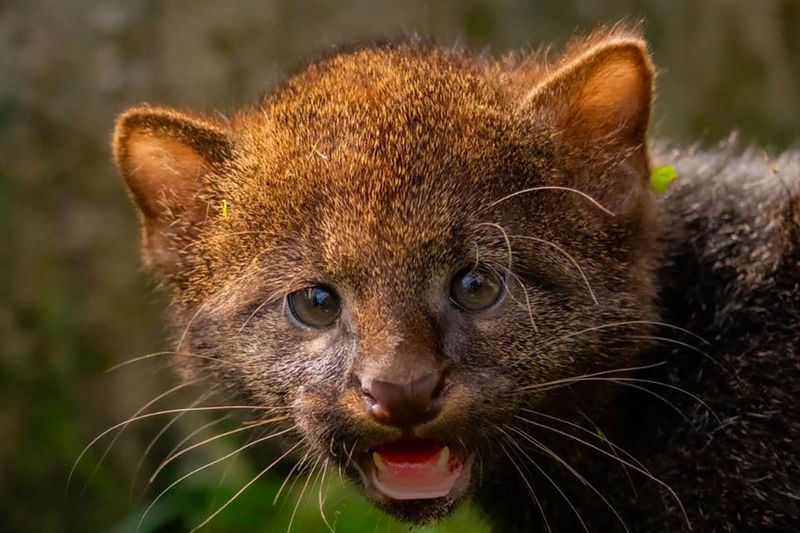
Amidst the thickets, the elusive jaguarundi prowls. Sleek and stealthy, this feline is always on the lookout. Yet raccoons, with their knack for disappearing acts, often outsmart them.
By slipping into dense underbrush, raccoons can vanish from sight, leaving the jaguarundi puzzled.
It’s a clever game of camouflage and quick thinking. Despite the jaguarundi’s agility, the raccoon’s resourcefulness ensures it stays out of reach in this stealthy showdown.
6. Mountain Lions
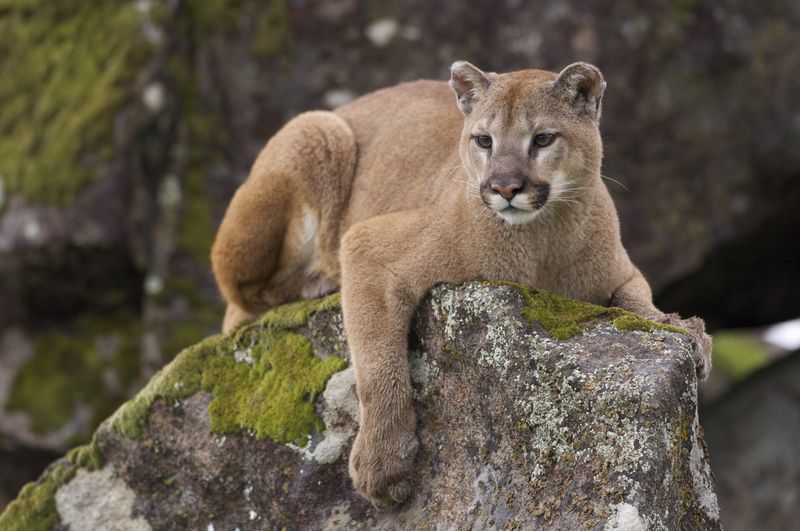
Mountain lions, with their powerful build and keen instincts, are a force to be reckoned with. But raccoons, ever the tacticians, have a few tricks up their sleeves.
By navigating rocky terrain with ease, raccoons can outpace these larger felines.
Their ability to adapt to various landscapes gives them a crucial edge. In this high-stakes race, the nimble raccoon often finds a way to slip away, leaving the mountain lion astonished.
7. Fisher Cats
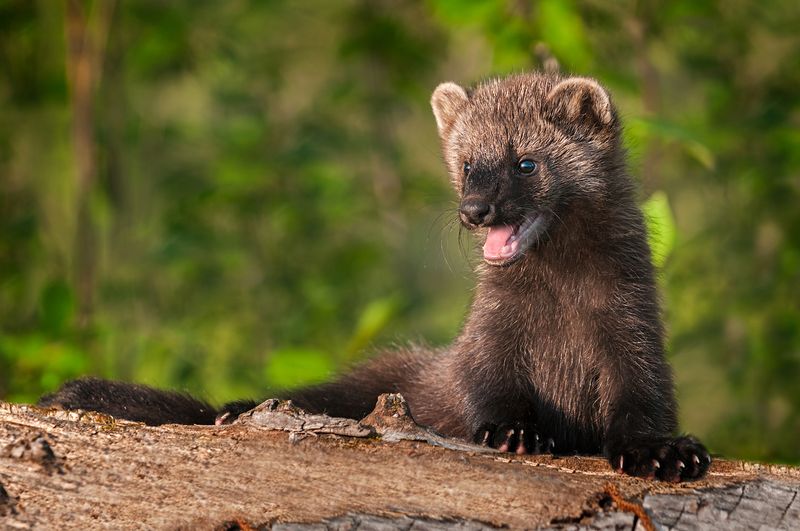
Fisher cats, though not true cats, are fierce predators. Raccoons, however, are well-versed in the art of deception. Near riverbanks, where fisher cats lurk, raccoons employ their cunning to stay safe.
With a sly retreat or a quick splash, raccoons can create enough of a distraction to escape. The fisher cat might be tenacious, but the raccoon’s clever tactics often win the day.
It’s a contest of wit and agility by the water’s edge.
8. Red Foxes
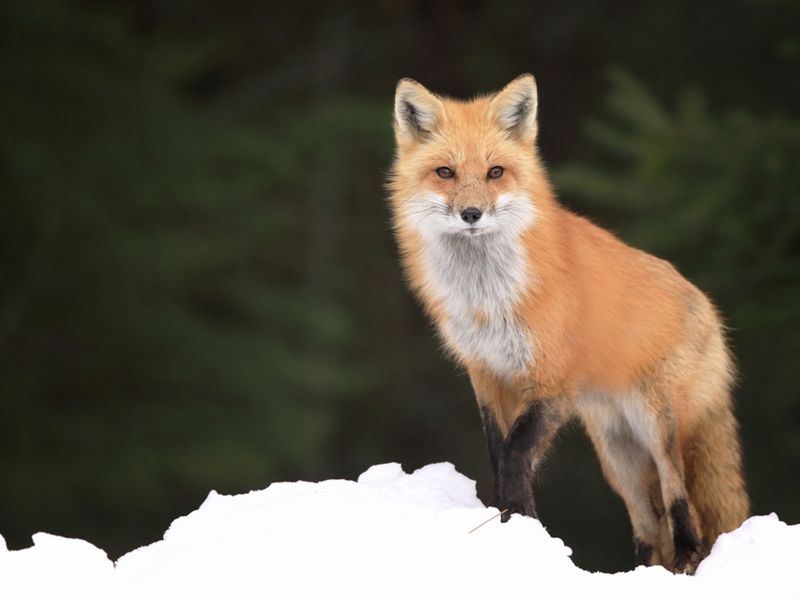
In a forest dance, the wily red fox attempts to outfox the raccoon. Yet, it’s the raccoon who often claims victory. With a swift dart into a hollow log, the raccoon leaves the fox in the dust.
Red foxes are cunning, but raccoons match their wit with nimble moves and sharp thinking.
This woodland rivalry is a testament to the raccoon’s ability to maneuver through tight spots, leaving their fox counterparts bewildered and impressed.
9. Great Horned Owls
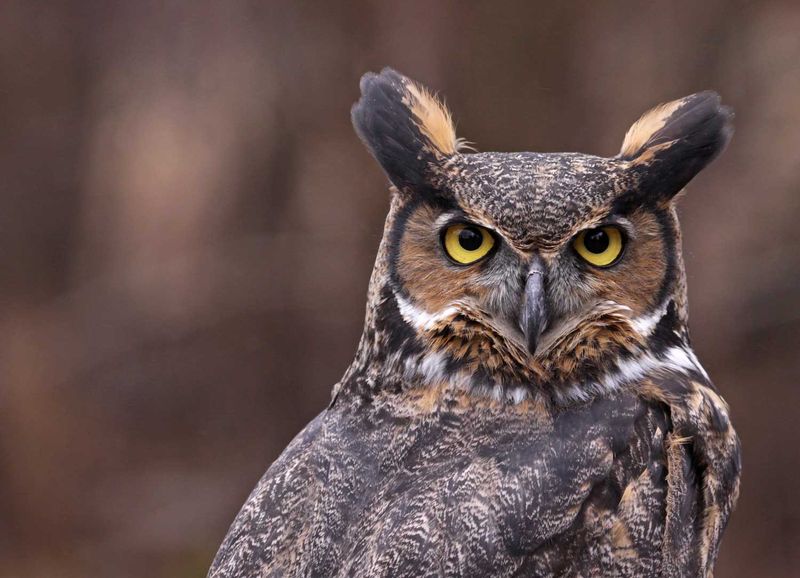
As dusk settles, great horned owls take flight, their silent wings gliding through the air. Yet raccoons, ever aware, have a knack for avoiding these nocturnal hunters.
By climbing into the safety of tree branches, raccoons stay out of reach. The owl’s acute hearing may detect movement, but the raccoon’s strategic positioning keeps it safe.
It’s a nightly ballet where survival depends on timing and the raccoon’s keen instincts.
10. Wolves
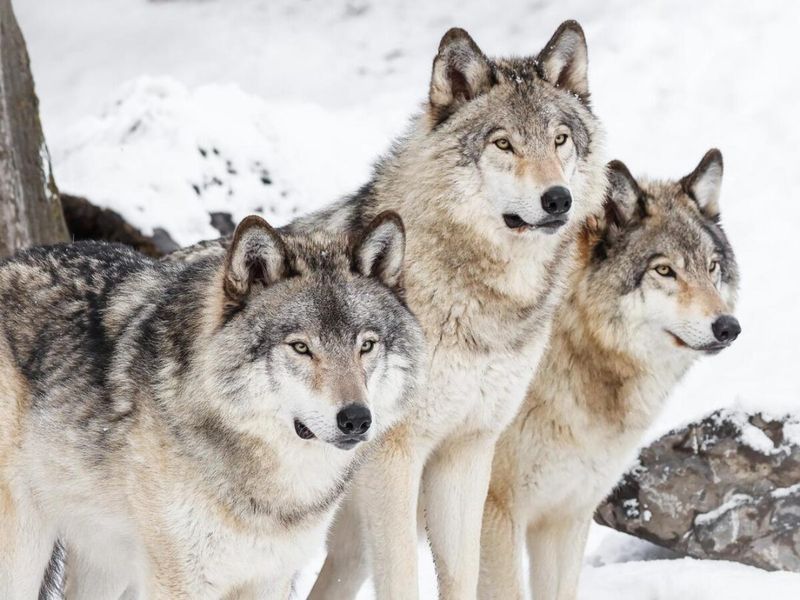
Wolves, the pack hunters of the wild, pose a significant threat to many animals. Yet, raccoons have their own survival strategies. When pursued, a raccoon might take to the water, swimming to safety.
Wolves may be tenacious, but the raccoon’s adaptability and swimming skills often tip the scales in its favor.
This game of pursuit and evasion highlights the raccoon’s ability to navigate diverse environments, staying one step ahead of the pack.
11. Bobcats
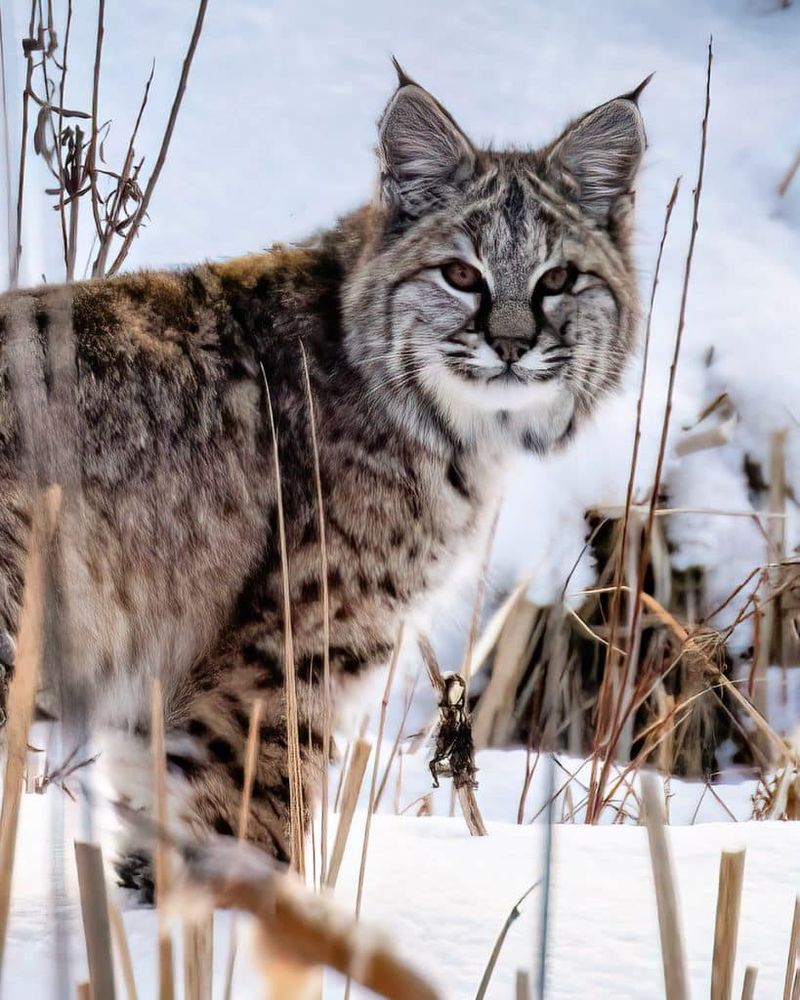
The bobcat, with its sharp claws and keen senses, is always on the prowl. Yet raccoons, with their flair for the dramatic, often stage great escapes.
By vanishing into thick foliage, raccoons leave bobcats searching in vain. The raccoon’s ability to blend with their surroundings is a testament to their survival skills.
It’s a game of hide and seek where the raccoon usually emerges victorious. Bobcats might be stealthy, but raccoons are the masters of misdirection.
12. Alligators
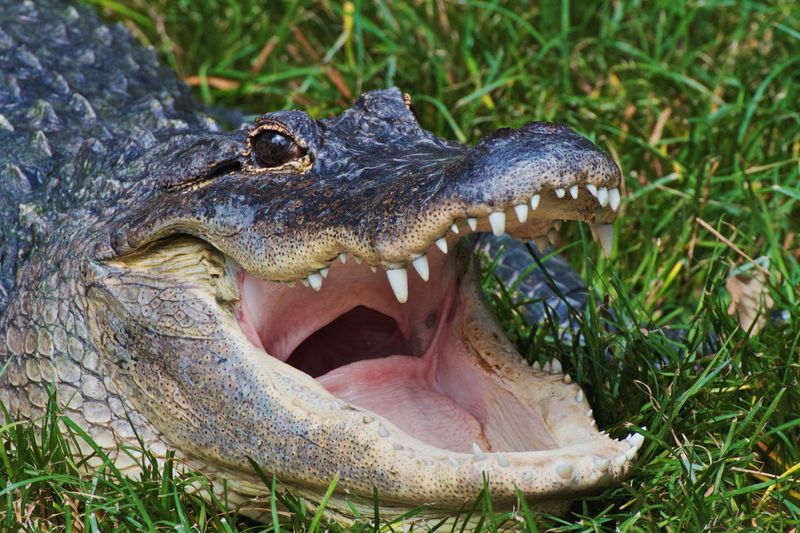
In swampy territories, alligators rule the waters with their menacing presence. However, raccoons exhibit remarkable agility in these perilous zones.
With a well-timed leap onto an overhanging branch, raccoons can evade the powerful jaws of an alligator. It’s a daring dance of danger and escape, showcasing the raccoon’s ability to stay cool under pressure.
By outwitting these ancient reptiles, raccoons demonstrate their mastery of survival in the wetlands.
13. Bald Eagles
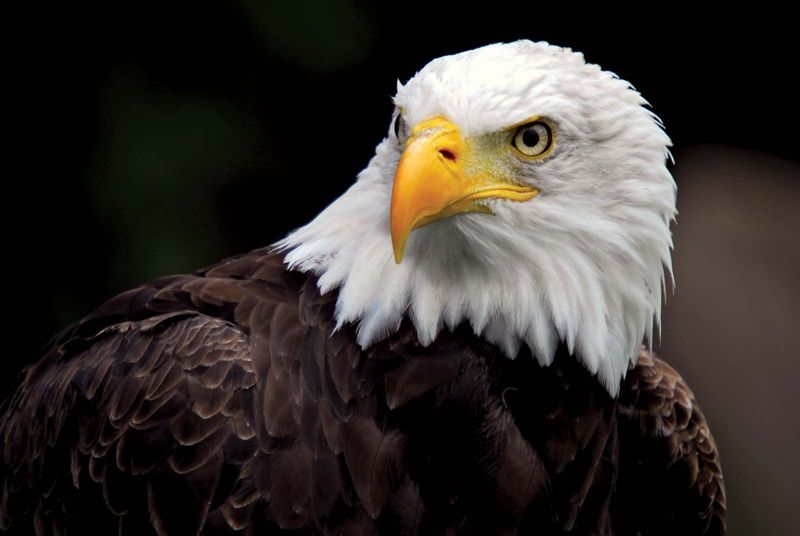
In the realm of freedom, bald eagles reign with regal might. However, raccoons know how to trick even these national symbols. By taking cover under dense foliage, raccoons break the eagle’s line of sight.
While the eagle’s vision is sharp, the raccoon’s strategic retreat often keeps it safe. It’s a sky-high showdown where intelligence and foresight give the raccoon a fighting chance.
The bald eagle’s majesty is impressive, but the raccoon’s cunning is unmatched.
14. Domestic Dogs
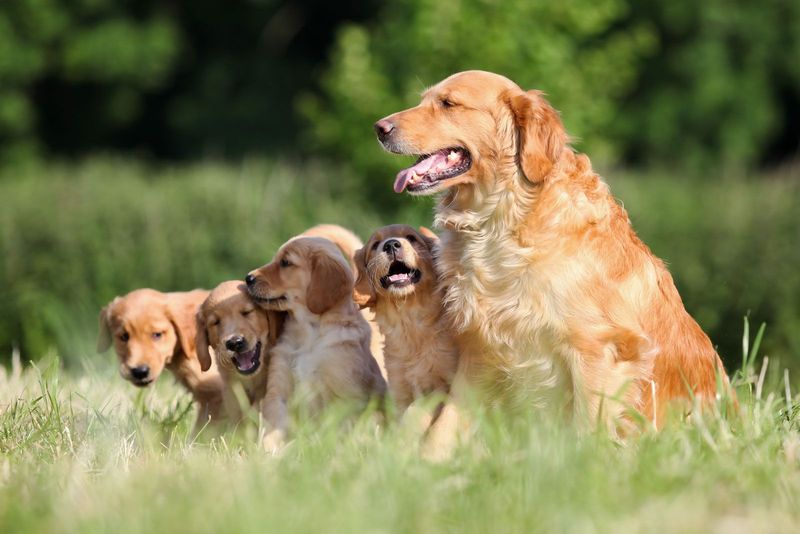
In suburbia, raccoons encounter domestic dogs, whose barks are fiercer than their bites. Yet, raccoons are masters at navigating these neighborhood hazards.
By slipping behind fences or darting into shadows, raccoons keep a low profile. Dogs may give chase, but the raccoon’s agility and strategic retreats often ensure a safe getaway.
It’s a suburban skirmish where raccoons prove that even the most curious canine is no match for their street smarts.


